The Audi RS Q E-Tron Is Built to Be an Off-Road Racing Pioneer
Audi aims to be the first automaker to win the legendary Dakar Rally with an electric vehicle.
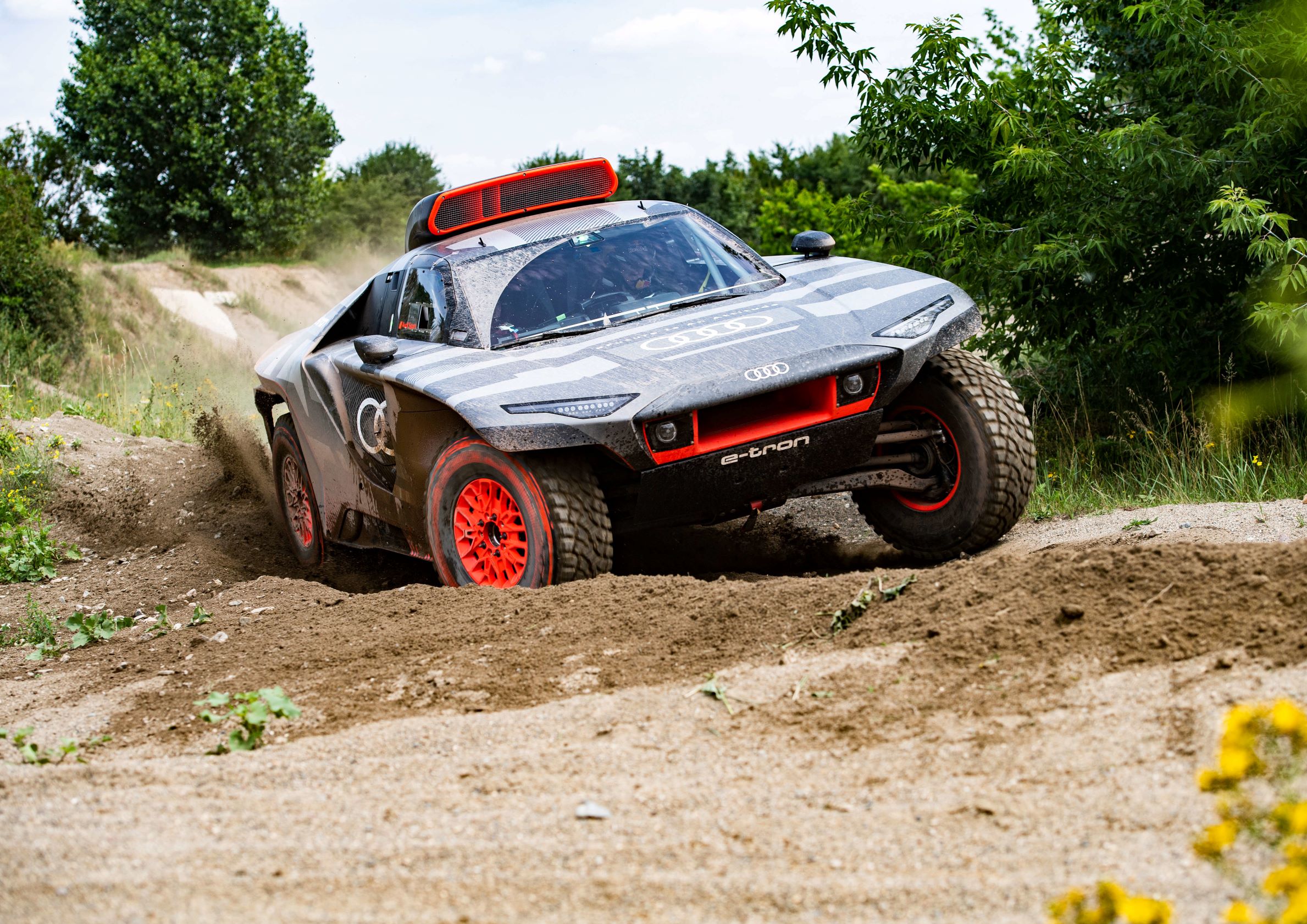
It may look like a ludicrous concept, but the Audi RS Q E-Tron will complete its move from the design studio to the dirt in less than two years when it competes in the 2022 Dakar Rally. The German marque hopes that it will become the first electric vehicle to win the off-road endurance event.
Cover nearly 500 miles of trying, break-inducing terrain on a daily basis for two weeks straight is no easy task for cars with traditional internal combustion engines. For a hybrid EV, it’s both a massively difficult and uncharted feat.
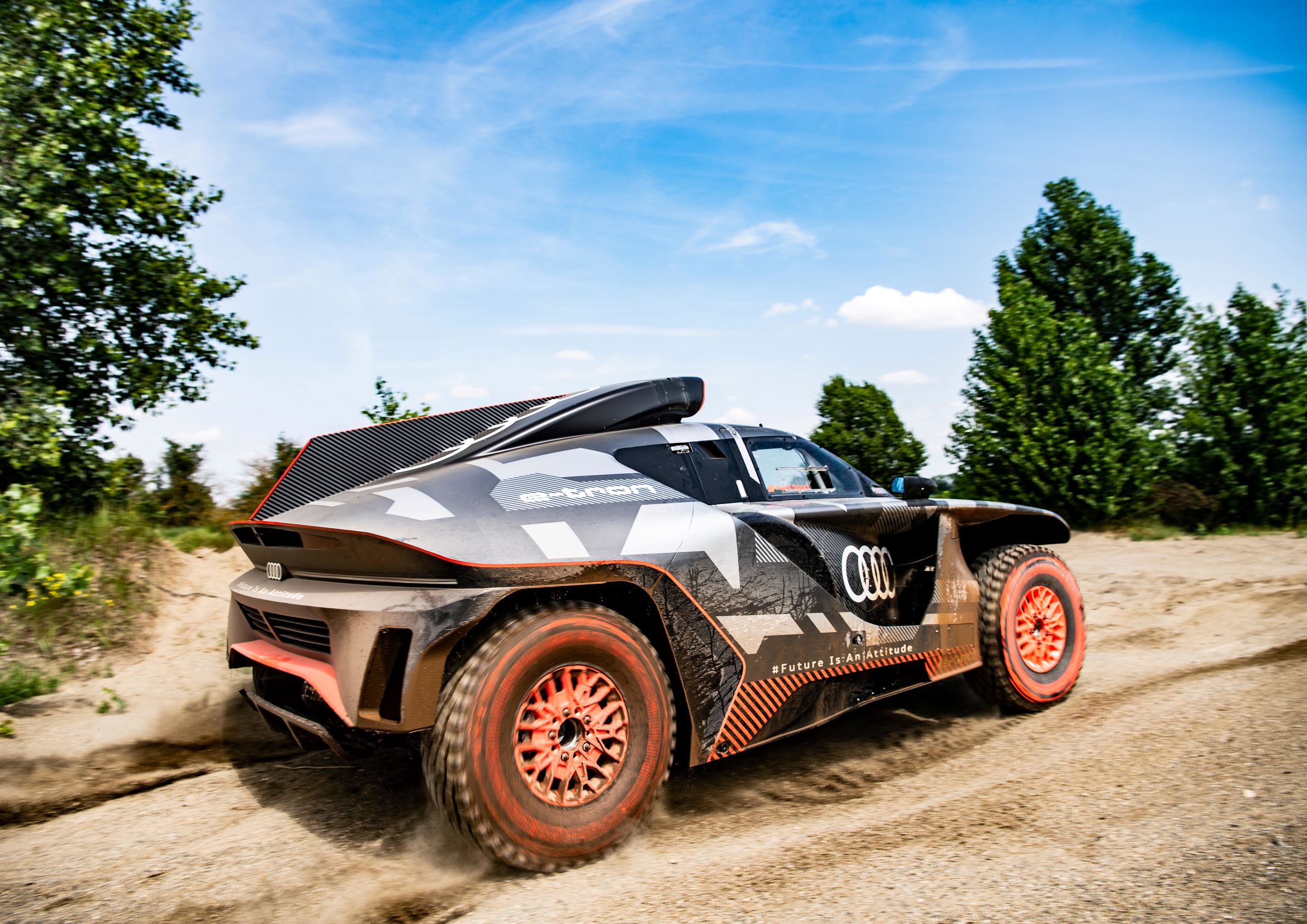
“That’s a very long distance,” says Andreas Roos, responsible for the Dakar project at Audi Sport. “What we are trying to do has never been done before. This is the ultimate challenge for an electric drivetrain.”
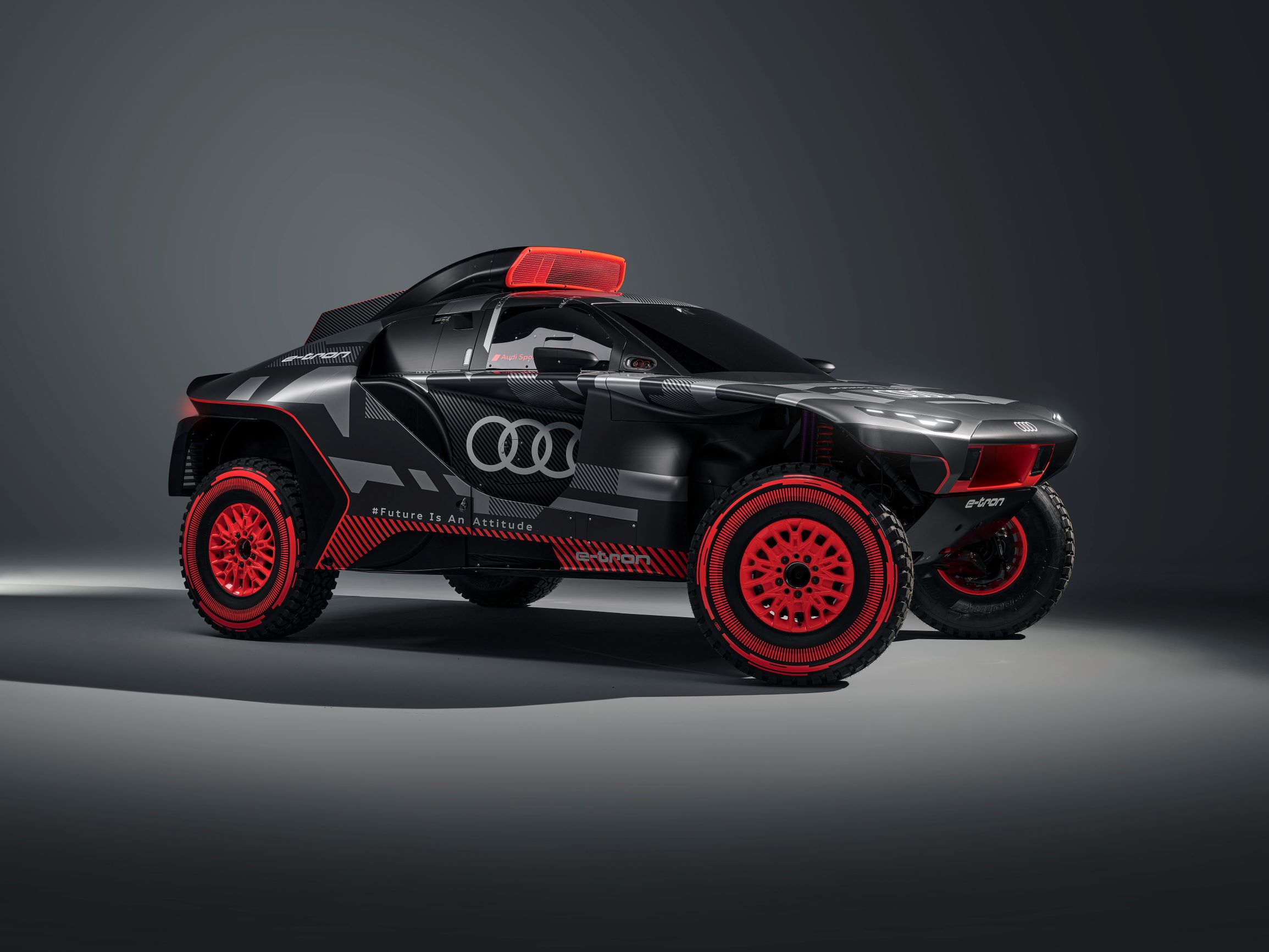
The RS Q E-Tron runs the highly efficient turbo-charged inline four engine from the championship-winning RS5 Turbo DTM, which acts as an energy converter that charges the high-voltage battery while driving.
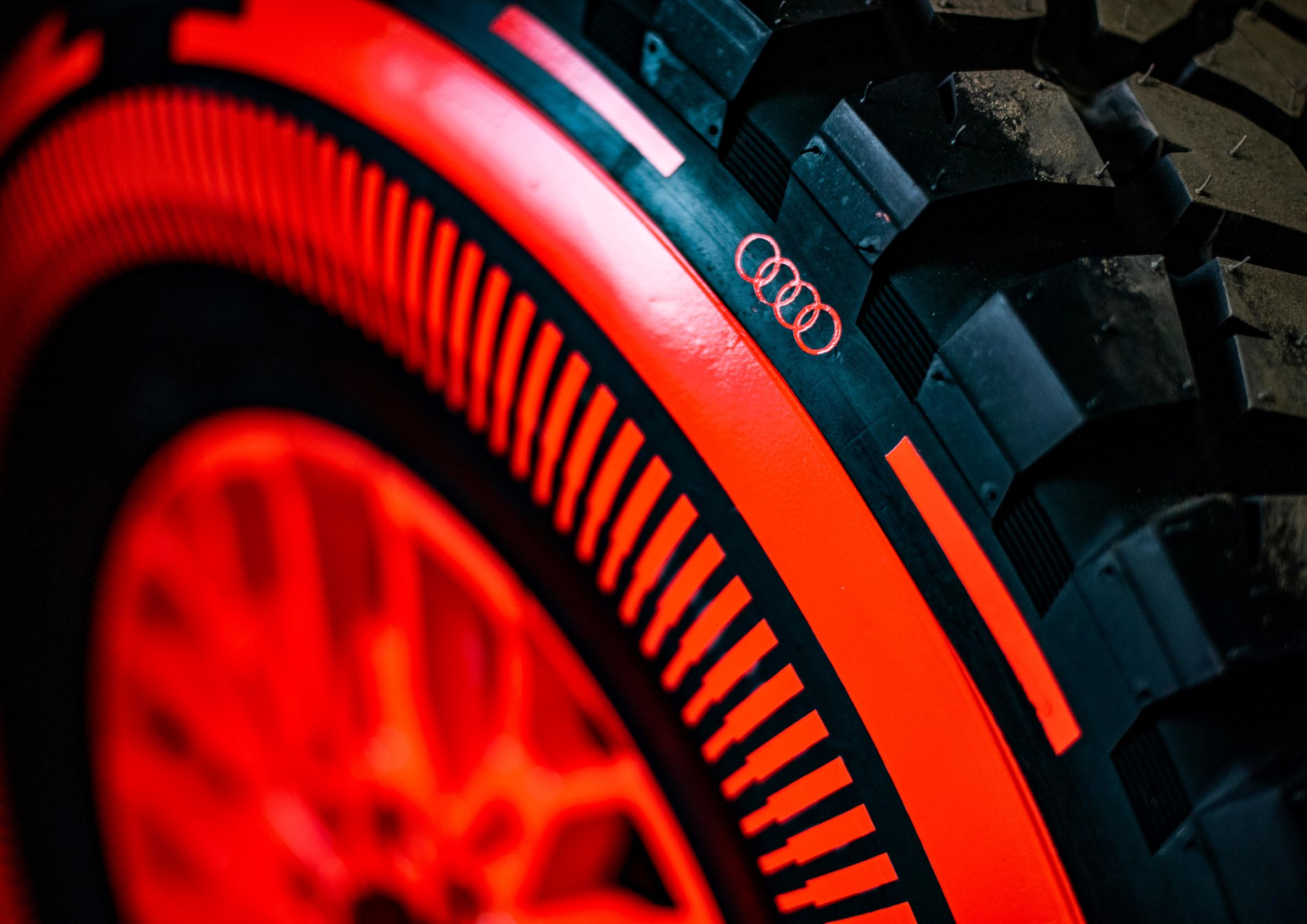
The front and rear axles are both fitted with a motor-generator unit (MGU) from the current Audi E-Tron FE07 Formula E car, while a third MGU also aids in energy conversion. Together with a 50 kWh battery, the maximum power output is 671 hp through one forward gear.
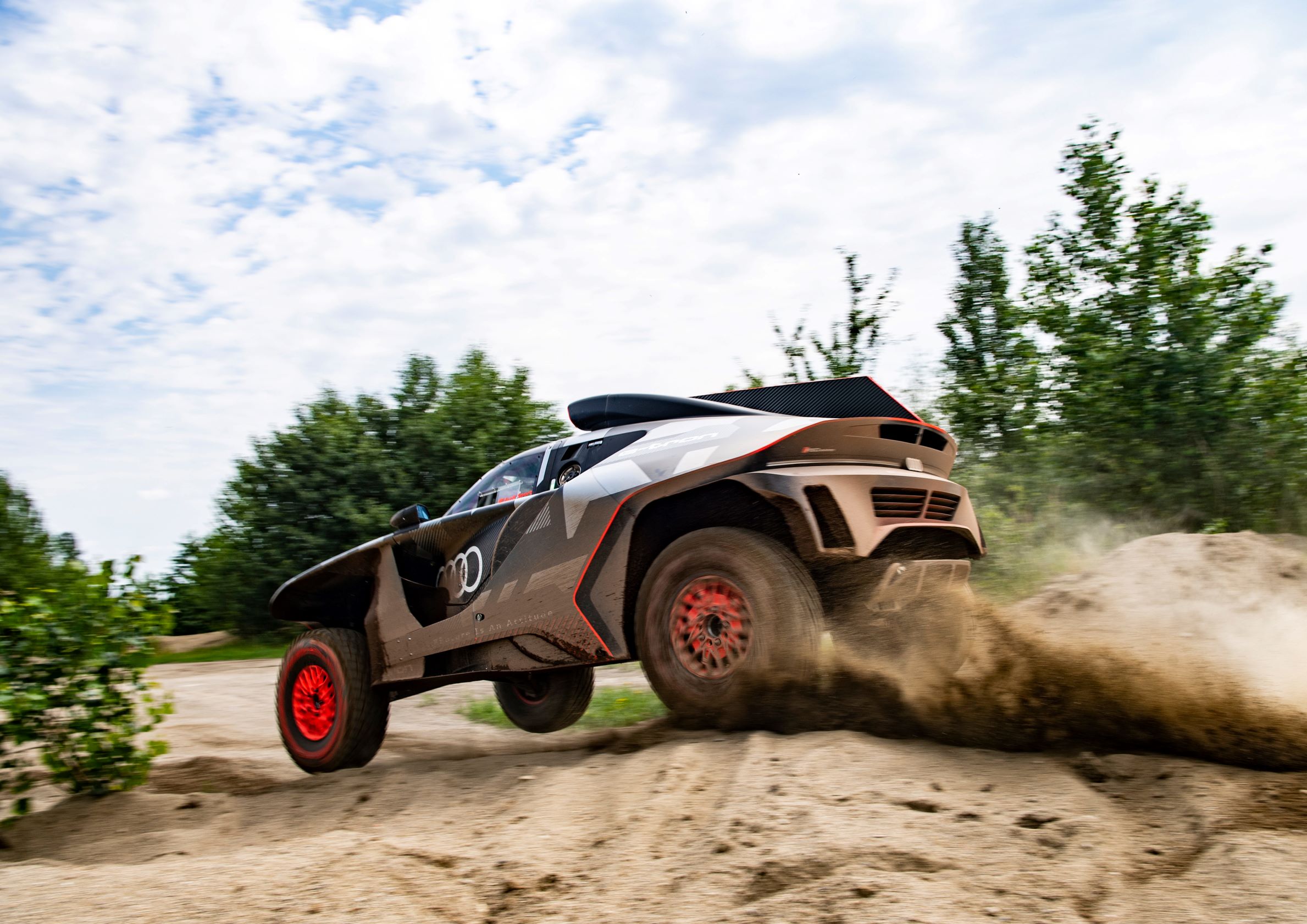
The Dakar Rally is among the most mechanically taxing motorsport events in the world, so a finish from the RS Q E-Tron will be a success regardless of result. But if any automaker can do it, it’s the one that pioneered rallying with the legendary Audi Quattro and notched the world’s first hybrid Le Mans win with the R18 E-Tron Quattro in 2020.
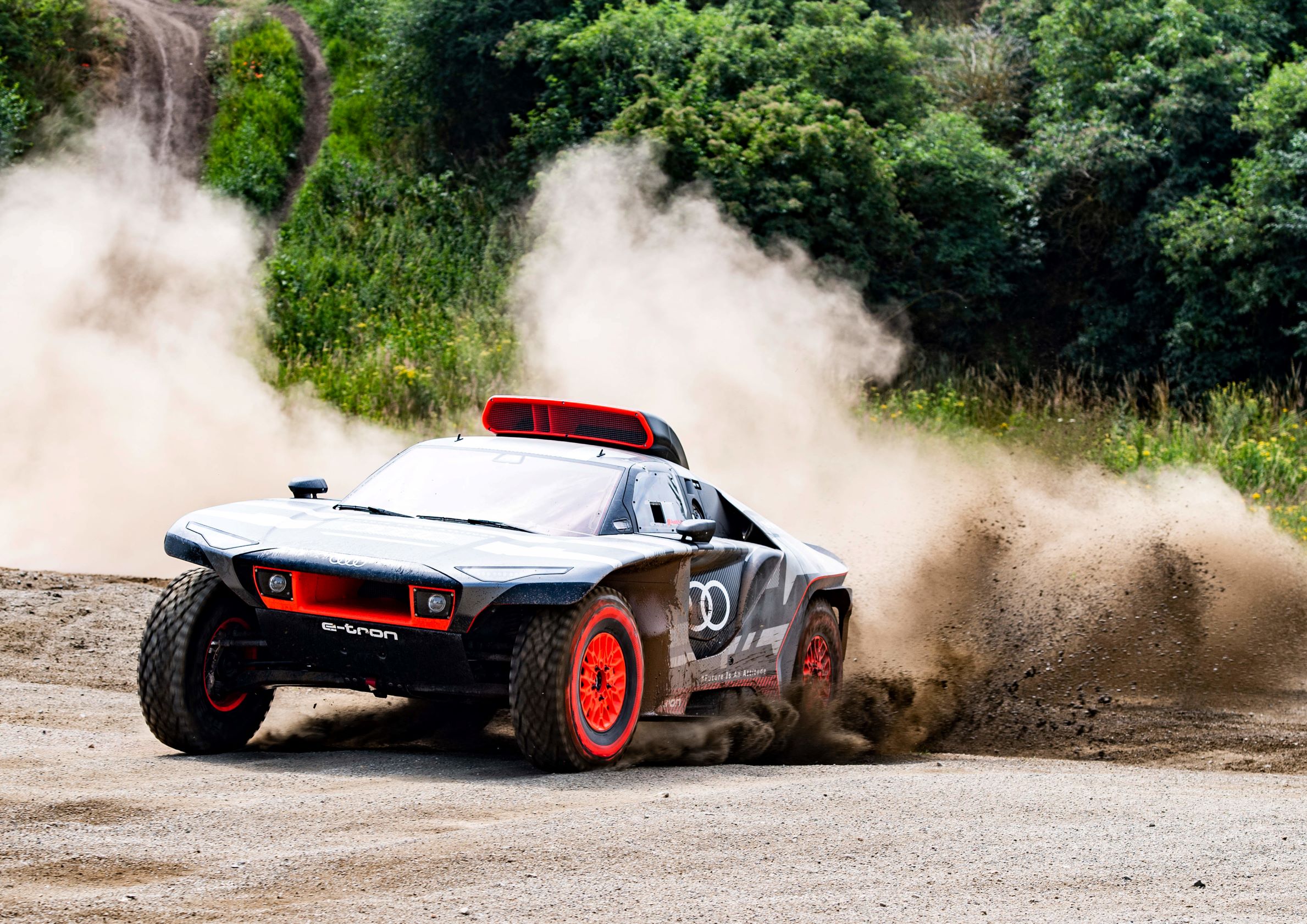
“The quattro was a gamechanger for the World Rally Championship. Audi was the first brand to win the Le Mans 24 Hours with an electrified drivetrain,” said Julius Seebach, Managing Director of Audi Sport GmbH.
“Now, we want to usher in a new era at the Dakar Rally, while testing and further developing our E-Tron technology under extreme conditions.”
